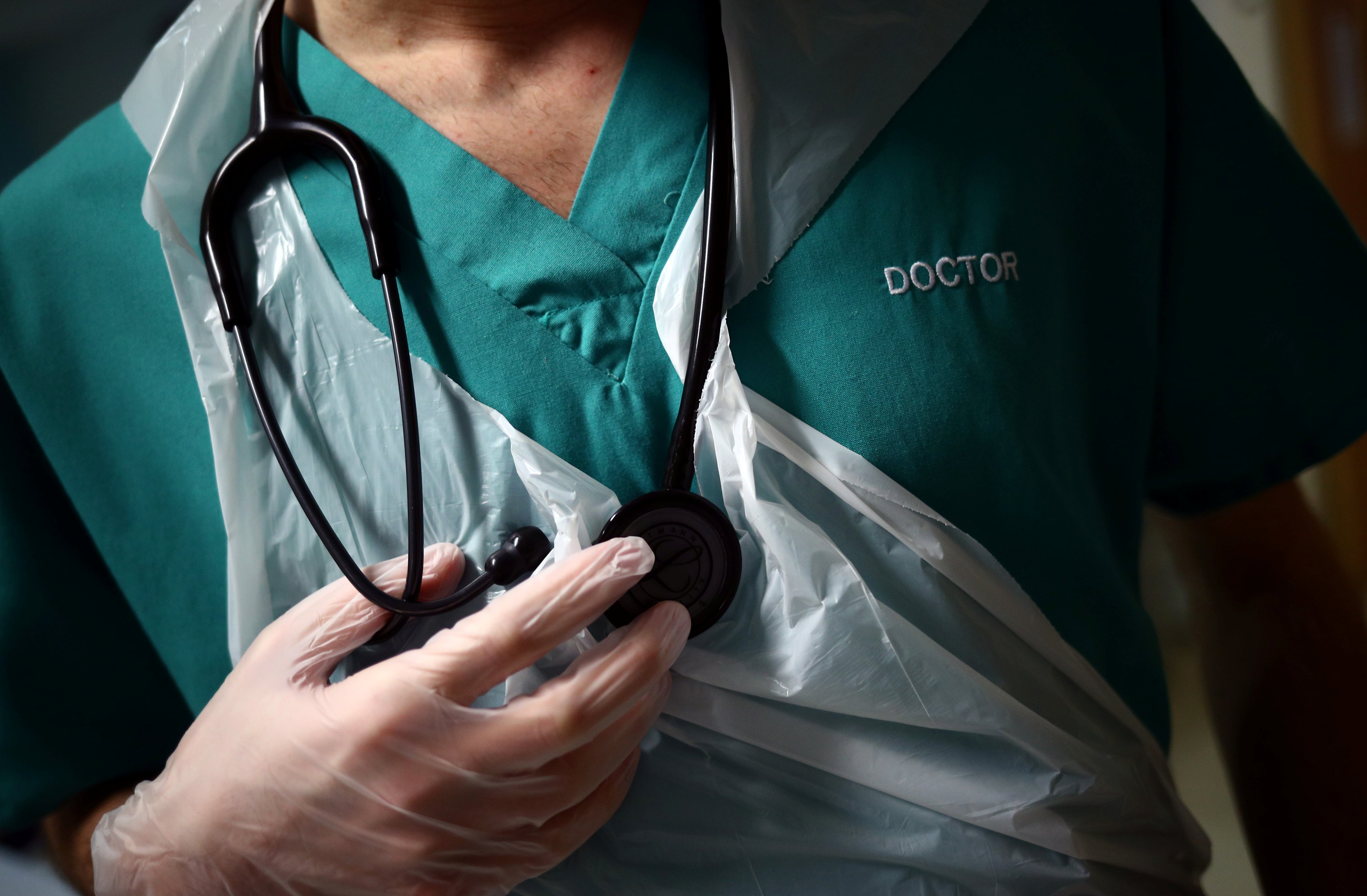Doctors and nurses ‘should take nightshift power naps to keep patients safe’
Doctors and nurses should not work three night shifts in a row, say experts.

Doctors and nurses should take power naps when they are working on nights, according to a new study.
In a presentation at the Euroanaesthesia congress in Milan, Italy, Nancy Redfern from the Newcastle Hospitals NHS Foundation Trust argued that “healthcare should have formal risk management systems like those required by law in every other safety-critical industry”.
She said that doctors and nurses should take 20-minute power naps during night shifts to ensure patient safety, adding that no doctor or nurse should work more than three night shifts in a row to keep both patients and themselves safe.
Speaking to the PA news agency, Dr Redfern said that she and her colleagues had realised there was a need for more action over the issue when a trainee anaesthetist crashed on his drive home from work in 2015, when he and his wife were expecting their first child.
“If you have a power nap in the early half of the night, which is like a 20 minute put your head down and have a rest, you’re much less likely to have a microsleep where you just switch off for a few seconds,” she said.
She said guidelines already existed on fatigue for health professionals but that “we are not putting it into practice”.
Good fatigue risk management needed to be “the norm”, she said, and that while airlines had to have fatigue management as part of health and safety procedures, “we’ve got nothing in the health service”.
She said health workers were no different than any worker in any other sector and that “it’s about being a human”.
She said a national fatigue working group had been established and that she hoped the legal guidelines for rest in hospitals would be changed in the future.“Over the last 30 or 40 years this discipline…has developed massively,” she said, adding that senior consultants who had trained many years ago would not have learned about the importance of circadian rhythms.
She said the same guidelines as in airlines or traffic control could not be implemented in hospitals as “compulsory breaks” or more staffing would be too difficult, but that other measures, such as ensuring teamwork was used and there were experienced staff on night shifts would help.
After the pandemic, she said, “people have suddenly realised that actually you’ve got to look after the human if you want to get good quality patient care”.
Younger staff from Generation “Y and Z” would also be less likely to admire senior staff telling them they had gone without sleep, and would simply choose to work elsewhere.
During her talk, Dr Redfern discussed evidence from various sources revealing that around half of trainee doctors, consultants and nurses had experienced either an accident or a “near miss” driving home after a night shift.
Those working shifts must ensure everyone gets a power nap, and that we support each other to remain safe and vigilant when we work through the night
Research has shown that driving after being awake for 20 hours or more and at the body’s circadian low point (in the night or very early morning when it most needs sleep) is as risky as drink-driving.
Workers who drive home after a 12-hour shifts are also twice as likely to crash as those working eight-hour shifts.
Studies show that a “sleep debt” starts to develop after two or more nights of restricted sleep, and that it takes at least two nights of good sleep to recover.
After being awake for 16 to 18 hours, cognitive function is impaired, leading to medical staff finding it harder to interact effectively with both patients and colleagues.
“When fatigue sets in, we in the medical and nursing team are less empathic with patients and colleagues, vigilance becomes more variable, and logical reasoning is affected, making it hard to calculate, for example, the correct doses of drugs a patient needs,” said Dr Redfern.
“We find it hard to think flexibly, or to retain new information which make it difficult to manage quickly changing emergency situations.
“Our mood gets worse, so our teamwork suffers. Hence, everything that makes us and our patients safe is affected.”
Dr Redfern said that fatigue caused spontaneous “microsleeps” which made driving home while tired the most dangerous thing a healthcare worker does.
She presented findings around how 20-minute power naps can improve staff and patient safety and how these might be incorporated into night shifts.
The European Society of Anaesthesiology and Intensive Care (ESAIC), the host of Euroanaesthesia, is developing guidelines for night working, while the Association of Anaesthetists has a #fightfatigue campaign.
Dr Redfern said: “We hope in the end that regulators will recognise that healthcare workers have the same physiology as employees in every other safety-critical industry and require formal fatigue risk management as part of its overall approach to patient and staff safety.”
She added: “We need to change the way we manage night shifts to mitigate the effects of fatigue.
“Those working shifts must ensure everyone gets a power nap, and that we support each other to remain safe and vigilant when we work through the night.
“Staffing schedules should allow sufficient time between shifts for proper rest, and no-one should do more than three night shifts in a row.”
Bookmark popover
Removed from bookmarks